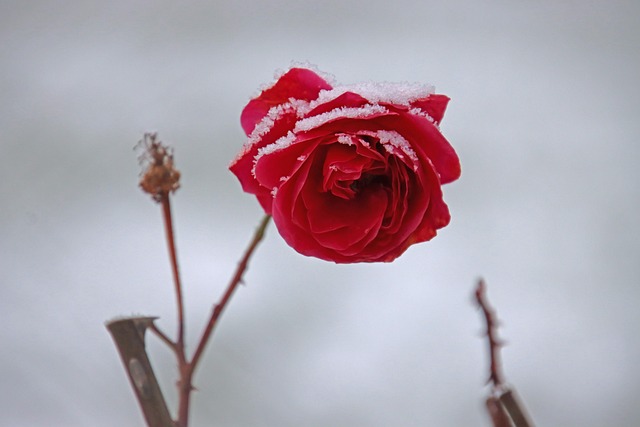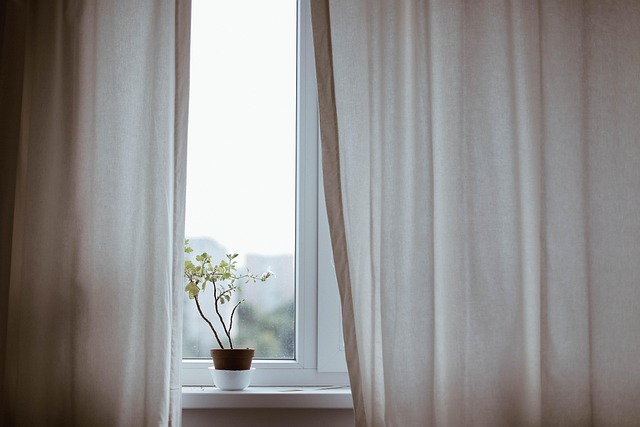Blooming Sustainability: Flower Garden Design Tips for a Greener Future
Creating a sustainable garden design is not just a trend; it’s a responsible practice that helps in nurturing the environment while providing us with beauty and fragrance. The joy of cultivating a flower garden that thrives harmoniously with nature can be immensely rewarding. Here are some valuable tips to help you design and maintain a sustainable flower garden that blossoms beautifully.
1. Choose Native Plants
Opting for native plants is one of the best strategies in sustainable garden design. These plants are adapted to the local climate and soil, requiring less water and maintenance. They also provide vital habitats for local wildlife, including bees, butterflies, and birds. Incorporating native flowers like coneflowers, black-eyed Susans, or wildflowers can create a stunning, low-maintenance garden.
2. Embrace Biodiversity
A diverse garden is a resilient garden. By planting a variety of flowers, you can create a balanced ecosystem. This diversity not only makes your garden visually interesting but also helps prevent pests and diseases, reducing the need for harmful chemicals. Consider mixing early bloomers with late bloomers to provide a continuous supply of pollen and nectar throughout the growing season.
3. Implement Water-Saving Techniques
Water is a precious resource, and sustainable garden design prioritizes its conservation. Incorporating techniques like rainwater harvesting or drip irrigation can significantly reduce water usage. Additionally, grouping plants with similar water requirements together can ensure that your flower garden remains healthy without over-watering.
4. Utilize Organic Mulch
Organic mulch, such as wood chips or straw, not only enhances the aesthetics of your flower garden but also serves multiple purposes. It helps retain moisture in the soil, suppresses weeds, and adds organic matter as it decomposes. This natural approach to gardening supports plant health while minimizing the need for chemical fertilizers.
5. Design for Pollinators
Designing your flower garden with pollinators in mind is essential for ensuring an abundant floral display. Creating sheltered areas with tall flowers, providing a variety of blossom shapes, and staggering flowering times can attract bees, butterflies, and other beneficial insects. Adding plants like lavender, sunflowers, or zinnias can create a haven for these essential creatures.
6. Practice Companion Planting
Companion planting is a technique that interplants flowers with vegetables or herbs for maximum benefit. Not only does this method optimize space, but it also promotes healthy growth and pest control. For example, marigolds can repel harmful insects while attracting pollinators, making them an excellent addition to your flower garden.
7. Consider Seasonal Blooms
One of the joys of a flower garden is the vibrant colors it can offer throughout the seasons. To create a sustainable garden design, try to incorporate a selection of flowers that bloom during different times of the year. This strategy not only pleases the eye but ensures your garden remains a vital part of the ecosystem year-round.
With these tips, you can cultivate a flower garden that not only looks stunning but also contributes to a healthier planet. By embracing sustainable garden design, you’ll create a space that thrives in harmony with nature, allowing both you and the environment to flourish together.




